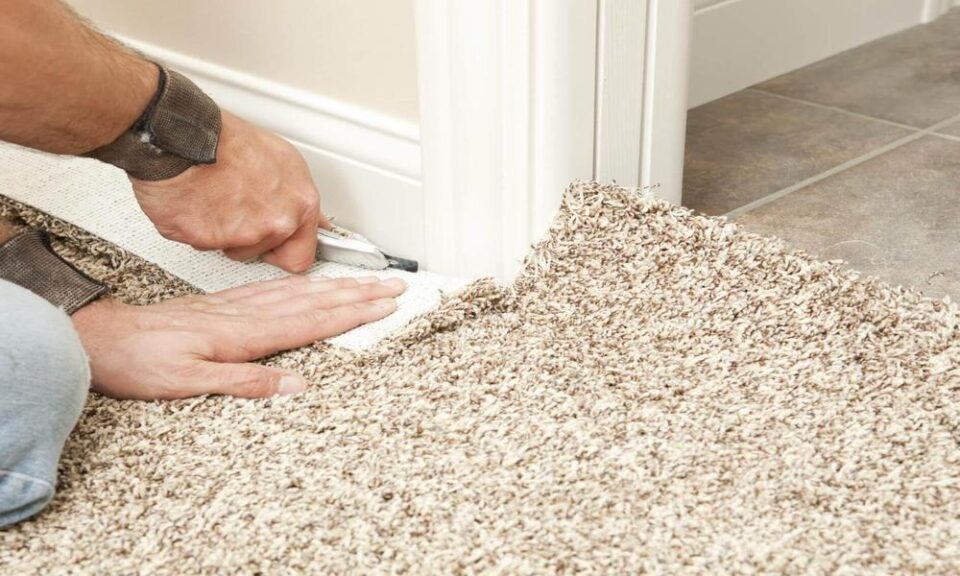Carpet installation is a process that can seem daunting, but with the right tips and tricks, it can be a simple and straightforward project. Here are some key tips to follow for a successful carpet installation:
- Measure your space accurately: Before you start the installation process, make sure you accurately measure the space where you will be installing the carpet. This will help you determine how much carpet you need to purchase and will ensure that you don’t end up with too much or too little material.
- Prepare the space: Remove any old flooring or carpet, and ensure that the subfloor is clean, dry, and free from any debris. If necessary, repair any cracks or holes in the subfloor before installing the new carpet.
- Choose the right carpet padding: The padding you choose is just as important as the carpet itself. It helps with cushioning and adds extra support to the carpet. A high-quality carpet pad will help the carpet last longer and feel more comfortable underfoot.
- Determine the direction of the carpet: Before installing the carpet, determine which direction you want the carpet fibers to face. For example, if you are installing the carpet in a high-traffic area, it’s best to have the fibers facing in the direction of foot traffic to help the carpet hold up better over time.
- Plan your layout: Before you start installing the carpet, plan out the layout of the carpet pieces. This will help you ensure that the seams are in the right place and that the pattern, if applicable, is aligned correctly.
- Cut the carpet accurately: When cutting the carpet, make sure you are using a sharp utility knife and a straight edge to ensure a clean, accurate cut. It’s also important to cut the carpet slightly larger than necessary to allow for trimming and adjustments.
- Secure the carpet: Once you have cut the carpet to the correct size, it’s time to start securing it in place. Start by laying down the carpet padding and then lay the carpet on top. Use a knee kicker to stretch the carpet tightly over the padding and secure it in place with tack strips along the edges.
- Seam the carpet: If you have a large room or if you are installing carpet in multiple rooms, you will need to seam the carpet together. Use a seaming iron and seaming tape to join the pieces of carpet together, making sure that the pattern matches up correctly.
- Trim the edges: Once the carpet is secured in place and the seams are joined, use a carpet trimmer or a sharp utility knife to trim the excess carpet along the edges.
- Clean up: Once the installation is complete, take the time to clean up any debris or leftover materials. Vacuum the carpet to remove any dust or debris, and dispose of any old flooring or carpet properly.
By following these tips and tricks, you can ensure a successful carpet installation that will look great and last for years to come.

